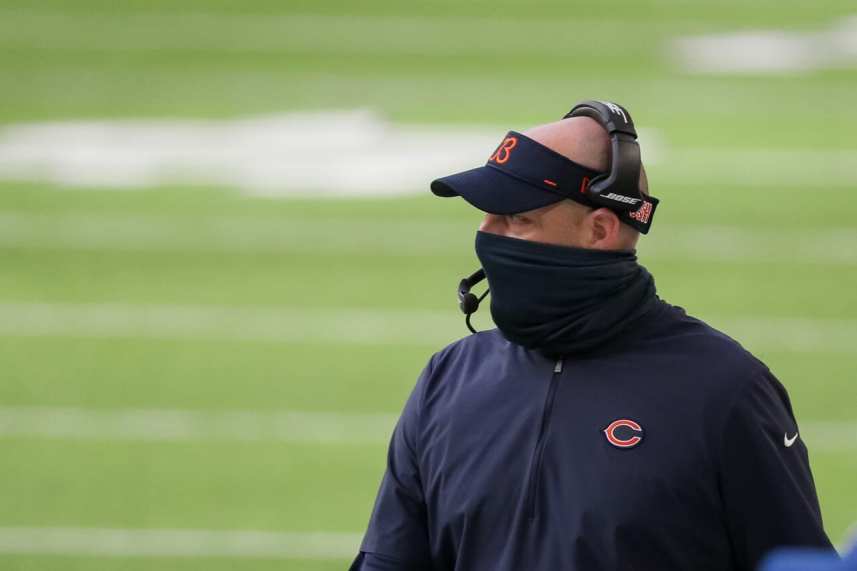
If you’ve been in tune with what’s going on with the Chicago Bears this offseason, much of the talk revolves around new quarterback Justin Fields, the decision to release CB Kyle Fuller, and whether or not the Bears defense can play at a high level heading into 2021 with edge rusher Khalil Mack leading the way.
Pro Football Focus released their annual roster rankings ahead of training camp and Chicago was ranked 23rd overall, ahead of teams such as Cincinnati Bengals, Atlanta Falcons, and Las Vegas Raiders. Chicago was also the third-ranked team in the NFC North. The Bears’ division rivals were ranked as follows: Green Bay Packers (sixth overall), Minnesota Vikings (ninth overall), and Detroit Lions (31st overall).
Three factors are analyzed for all 32 NFL franchises throughout the article: Biggest strength, biggest weakness, and X-factor. In Chicago’s context, biggest strength was Khalil Mack, biggest weakness was the decision to move on from Fuller, and x-factor was Fields.
Let’s breakdown whether or not each of the three points listed above in the article were accurate or not.
Biggest strength
Earlier this offseason, Bears GM Ryan Pace alluded to how Chicago’s strength on the roster is the defense. However, keep in mind this was before the release of Fuller. Mack is still a force to be dealt with, despite his stats over the last two seasons not reflecting how much of an impact he’s really had.
Besides just Mack, Chicago’s front seven is still a force to be dealt with. Returning in 2021 are names like Akiem Hicks, Danny Trevathan, Roquan Smith, Eddie Goldman, and Bilal Nichols, giving Chicago an opportunity to terrorize quarterbacks. Overall, PFF isn’t necessarily wrong when naming Mack a strength, however, it’s hard to ignore the rest of the Bears front seven when discussing what the biggest strength on the roster is.
Biggest weakness
Despite not directly stating that CB was a weakness for the Bears, the article implies that CB is a weakness. This is accurate. Chicago did rely on Fuller, a two-time Pro Bowler to hold the fort down, despite drafting a CB in round six for three consecutive years (Duke Shelley, 2019), Kindle Vildor (2020), and Thomas Graham Jr., (2021).
The presumptive starter opposite 2020 second-round pick Jaylon Johnson is expected to be veteran Desmond Trufant, who started six games for the Lions in 2020. Chicago must also figure out who the starting slot CB will be, with the franchise releasing veteran CB Buster Skrine this offseason.
X Factor
Fields was labeled as the x-factor for the Bears, however, the Bears should be focused on Fields development rather than winning games. Another x-factor to consider would be Chicago’s offensive line, which has been inconsistent over the last two seasons. Chicago made overhauling the offensive line a priority by drafting Teven Jenkins and Larry Borom, while retaining Germain Ifedi, and adding Elijah Wilkinson via free agency.
If Chicago’s offensive line plays well, there is a legitimate case to be made for running back David Montgomery to have 2000 yards from scrimmage and more consistent quarterback play from Fields and veteran Andy Dalton which should lead to increased production from Chicago’s wide receiver duo of Allen Robinson and Darnell Mooney.